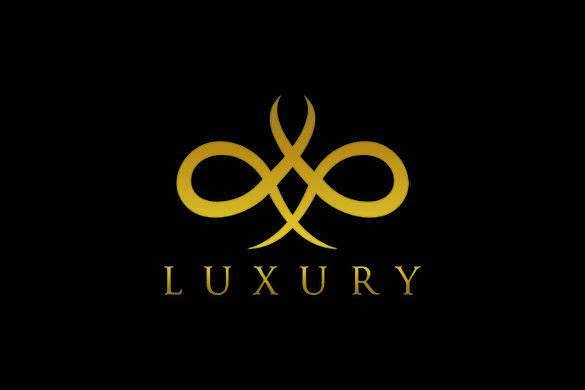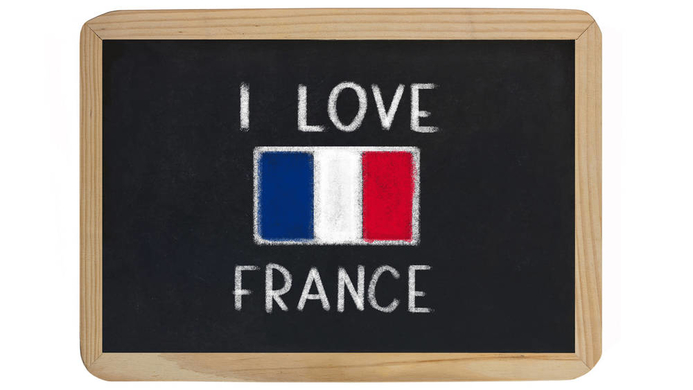From elite to middle class: luxury’s booming visibility
For centuries limited by sumptuary laws to the nobles and other types of elite, luxury has traditionally been focused on production, craftsmanship, elevated design and high-quality materials. Yet since the early 2000s it has become accessible to all (Bain 2018), as long as one has the purchasing power and the desire to spend on non-necessities that provide so much prestige value, self-confidence, elegance and pleasure to their user or owners.
Today, access to luxury has been further revisited: millennials do not buy into luxury in the same way. Luxury goods can be rented for a fraction of their cost, subscription models are developing in the luxury supercar sector, prestigious brands are considering opening second hand luxury sales outlets and, more accessible offerings have been developed by prestigious brands through licenses. Online availability has consistently increased, brands communicate through all kinds of media, and everyone is eager to share their luxury experience on social networks, shifting the power and control of brand marketing.
As a result, the luxury sector has gained an incredible visibility in our societies: it epitomizes what the consumption society offers as best meeting the desires of recognition, self-esteem and pleasure of the growing number of high net worth individuals – much younger than their western counterparts – stemming from the emerging countries all over the world. Today, 54 % of the consumers of our personal luxury goods are Asians (in market value, Bain 2018), mostly Chinese.
Beyond billionaires, the luxury sector is fuelled by the demand from well off millennials, self-made people and new riches. Luxury brands are increasingly becoming omni-present in their lives, much beyond their initial core activities. In the name of experience they create playlists and pop-up music events to animate and personify their brand, ‘emojis’ for customers to communicate the brand on messaging platforms, exceptional trips to destinations of all kinds – from a barbecue in Patagonia with Krug to ice driving in Finland with Porsche. The luxury sector’s growth testifies how much it is meeting the demands of these new riches.
Has luxury become a bad word? A quest for meaningful content and authenticity
Although luxury brands cultivate the myth of their humble origin and vaunt their continuous loyalty to pure craftsmanship, the reality of the luxury sector today is that of mega-brands, of mega-groups holding a vast portfolio of brands. Some are still family owned (Chanel, Hermès) others are listed (LVMH, Kering, Richemont, Swatch). In a changing context and with dramatically challenging changes in the sector, one valid question would be to ask: what is the meaning of luxury today? What is its specificity? What are these luxury brands uniquely offering to their customers?
Interestingly, an in-depth analysis of the websites of many leading luxury brands and groups reveals a paradoxical absence, that of the word “luxury” itself. Hermès never uses the word, nor does Porsche, LVMH itself now refrain from using the word in its newest corporate website, favouring the words: excellence, dream, exceptional and exquisite. Altagamma the syndicate of all Italian luxury brands never uses the word “lusso”. Why so then? For some of these brands, it is a permanent policy, for others it is a significant and recent change.
In fact, the paradox of the luxury sector is that its economic success has eroded the word. Luxury is intrinsically associated to rarity, exception and privilege. Luxury is not a solitary pleasure: luxury products and services are socially positioning goods. Hence, the growth of the luxury sector creates an inherent contradiction. This growth also attracts many new entrants, who are far from delivering the exception but are prone to use the word luxury and price high as higher prices sell more (a process typical of Giffen or Veblen goods).
The paradox of the luxury sector is that its economic success has eroded the word.
It may abuse some new riches as long as they have not yet acquired acumen and knowledge. Are there still barriers to entry into the luxury market? Today, music and sport celebrities are launching their own luxury brands: sparkling wines, champagnes, skincare lines and fashion brands. These are immediately communicated to their millions of fans on social networks, as a result, luxury is now everywhere with a plethora of creative neologisms if not oxymorons such as ‘accessible luxury’, ‘casual luxury’, ‘new luxury’, or ‘jet set luxury’, a semantic saturation that unfortunately leads to clients’ mistrust or fatigue and non-clients’ antagonism.
What should the leaders of real luxury do to separate the wheat from the chaff?
As leaders of their sector, they must recreate the gap with the many followers and new entrants who have been unfaithful to the true meaning of luxury. Because the word luxury has lost its meaning, they need to reconnect their Maisons (a less commercial name than brand) to luxury true meaning by going back to an explanatory vocabulary, periphrases and narratives.
Leaders of real luxury must recreate the gap with the many followers and new entrants who have been unfaithful to the true meaning of luxury.
This means abandoning the word luxury itself and reminding instead what their luxury is about: the art of perfection, of exception, of exigency, of excellence, of elegance, of sustaining rare savoir-faire inherited from the past, of locally rooted cultural objects and experiences but also of disruptive creativity and high sustainability to make it relevant to today’s young elites. Simultaneously reconquering their local market.
This move away from the overused and misused word “luxury” fulfils another strategic role. That of re-legitimizing the sector. Globalization and the digital economy have been associated to progress but also to a widening of the gap between “the haves and the have-nots”, measured by the famous GINI index. Everywhere societies are at strain, under pressure as social harmony is threatened by the growth of economic and social inequalities. Luxury makes this inequality blatant. As such, it does not create inequality, it simply further signals social stratification and ostentation. A sector cannot grow if it falls into disrepute.
This is why leading luxury groups are forgetting the word and instead referring to the essence of luxury, its Maisons.
This is why leading luxury groups are forgetting the word and instead referring to the essence of luxury, its Maisons, its inherited and preserved know-how, the local roots that go against any delocalization of production, the proximity with art as a spiritual elevation, and the quest of excellence, as forerunner of what will be accessible to all in the future.











